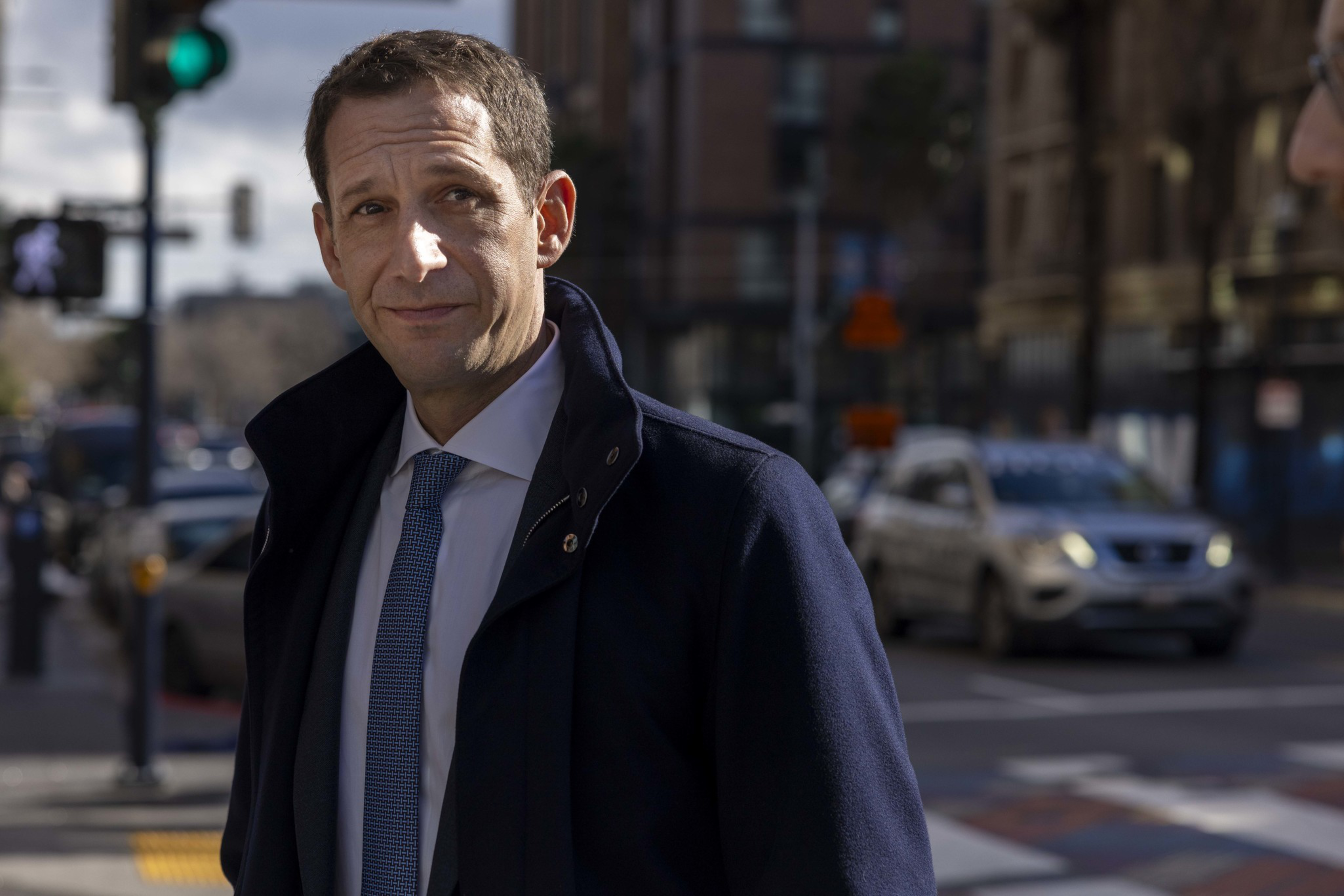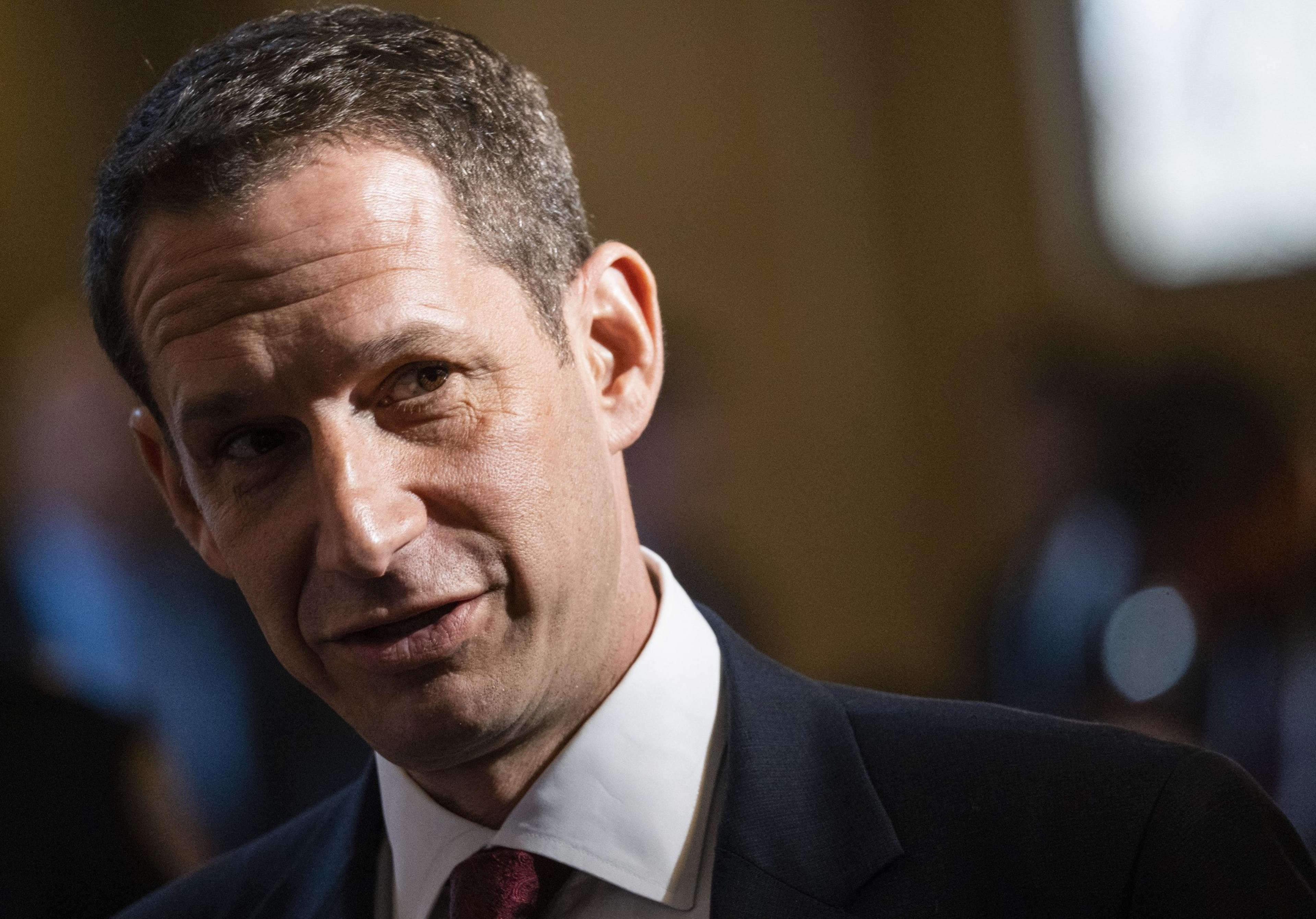Like any good political organization, the office of Mayor Daniel Lurie manages its message carefully. It favors a telegenic mayor’s spunky Instagram posts (opens in new tab) over substantive press conferences. And it knows how to spin damaging policy lemons into earnest, good-governance lemonade.
The most recent example came when City Hall planted an announcement (opens in new tab) in the Chronicle that the mayor would miss by a mile his signature campaign promise to add 1,500 shelter beds within six months of taking office. It was an unachievable target from the beginning, a campaign slogan rather than a serious policy. As The Standard later reported, by one measure, Lurie has netted 195 new or expected beds — a mere 13% of his half-year goal.
The mayor himself gave a series of TV interviews where he talked about valuing “progress over politics.” This was a way of skating past the awkwardness of admitting an unkept promise to voters. To further explain the details, he ceded the microphone to his homelessness czar, who would try to make sense of his boss’s startling pivot.
Saying the mayor’s team had “refined” its strategy, Kunal Modi, Lurie’s chief of health and human services, wrote in an opinion piece in The Standard that “we are no longer working towards a 1,500-bed goal; we are working towards the outcomes San Franciscans rightfully expect.”
Out was a specific number. In was a more subjective measure: “adding the right beds and integrating them into a coordinated system of care.”
The mayor should be lauded for admitting a mistake and moving on (though, technically, he didn’t admit to anything). Not all campaign promises can or should be kept, and good policy trumps political embarrassment. I like how the moderate policy shop Grow SF cheekily explained its support for Lurie’s move (opens in new tab) in its weekly newsletter: “In politics, one man’s flip-flopper is another man’s adaptive problem-solver.”
That said, the mayor’s carefully crafted messaging campaign left me with unanswered questions. So on Sunday afternoon, I spent 30 minutes on the phone with Modi asking them.
Above all, I wanted to know how the mayor will measure success, noting that the 1,500-bed target, flawed though it may be as a policy, was easy to understand. While the rhetoric of Modi’s response was pleasing, its vagueness surprised me.
“As the mayor has often said, we measure success by whether folks can walk down the street and be with their kids and have it to be a normal experience on any street in San Francisco,” said Modi. “And we’re a long ways from that. We’re also measuring success by whether folks who are in crisis on our streets are able to get to the next best point of care for them as effectively as possible.”
In other words, to paraphrase the late Supreme Court Justice Potter Stewart, writing about pornography: We’ll know it when we see it.
As it happens, the city has a functional barometer of how its services are performing, which is explained well in an outstanding video (opens in new tab) produced by Sharky Laguana, the colorful member of the city’s citizen-volunteer Homelessness Oversight Commission. The depressing conclusion is that the homelessness service system has been flowing in more people than it has been flowing out (opens in new tab) for years.
Modi said one conclusion of the inflow/outflow problem is that a “one-size-fits-all approach” to services isn’t appropriate, especially when about half the homeless population has some kind of addiction or mental-health disorder. “There’s a reason a quarter of our overdose deaths happen in city-funded permanent supportive housing,” Modi said, “because they don’t have the right clinical support. Those need to look more like skilled nursing facilities.”
In other words: Policies need to be designed for individuals, not for bumper stickers.
One justification for abandoning the 1,500-bed target is that the policy team feels it now better understands the problem. Modi said that by coordinating activities among city departments — including Homelessness and Supportive Housing, Public Health, the Mayor’s Office of Housing and Community Development, and Adult Probation — he has been able to for the first time assemble a complete inventory of the more than 20,000 homeless “beds and slots” the city operates at a total cost of more than $1 billion annually. (An aside: Just as the Office of Cannabis (opens in new tab) was an epiphany for me several months ago, I had never heard of the Department of Adult Probation. It’s a 146-person outfit with a $62 million annual budget.)
“The challenge, despite that significant investment, is that there are gaps in that ecosystem,” Modi said. I asked if he plans to make public the details of that inventory. He said it has been shared with the Board of Supervisors and eventually will be published.
Speaking of the Board of Supervisors, I heard last week that the mayor’s office is close to resolving the simmering debate over legislation introduced this spring by supervisors Bilal Mahmood and Shamann Walton that would require homeless facilities to be built in every district while prohibiting new sites within 1,000 feet of existing ones. I’m told the mayor will hold firm in his opposition to the former aspect of the legislation — no geographic mandates — but will compromise on the latter, agreeing that past administrations concentrated too many shelters and other services in too few neighborhoods. Modi said Mahmood, the lead sponsor of the bill, would address the issue “over the coming days” and praised the supervisor for his “collaborative” approach.
I was most impressed with Modi’s comments on one of the smaller, but symbolically meaningful, mayoral efforts to address homelessness: a plan to reduce the number of recreational vehicles on the city’s streets. The Standard ran an article Friday that perfectly captured the viewpoint of a longstanding minority: that it’s perfectly fine to live in a parked RV if the person living there wants to.
While attempting to be humane by allowing RV residents to avoid being towed for up to a year, the mayor proposes enforcing a two-hour street parking limit. Modi is unapologetic about clamping down on the RV life. “It’s not a particularly great place to raise a child,” he said. Moreover, “public space is for the whole public.” That means acknowledging that blocking bike lanes, running loud generators, or “dumping waste in Lake Merced, which actually is our backup drinking source in case of an emergency” isn’t acceptable.
The way I see it, Lurie’s team is bending over backward here — rather than doing what most rational cities would do, which is prohibit illegal dwellings. Allowing off-the-grid RVs to park indefinitely on our streets is as bonkers as, to use Modi’s words, letting “someone defecate on themselves or be hunched over in the grips of fentanyl addiction” on our sidewalks.
Lurie campaigned on the promise to put an end to such behavior, for the good of all San Franciscans, as well as for the visitors who spend their money here. That he set the wrong goal for achieving that promise is unfortunate, and he doesn’t deserve a pass for reneging on it or for ducking accountability for his broken promise.
But if the mayor can make progress — even if that’s not a specific number of shelter beds — the city will be the better for it.
Correction: In an earlier version of this column, I wrote that the mayor “wanted no part in talking about this rather large unkept promise.” This was inaccurate: Lurie gave interviews to local TV news affiliates in which he answered questions about his revised homelessness plan.


